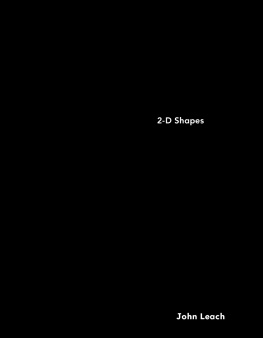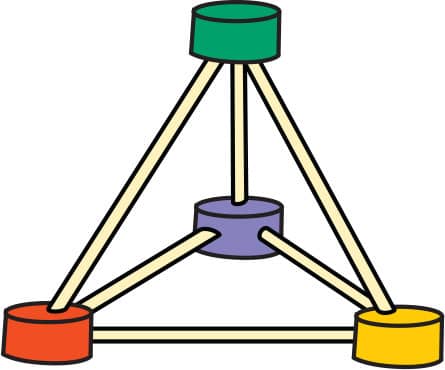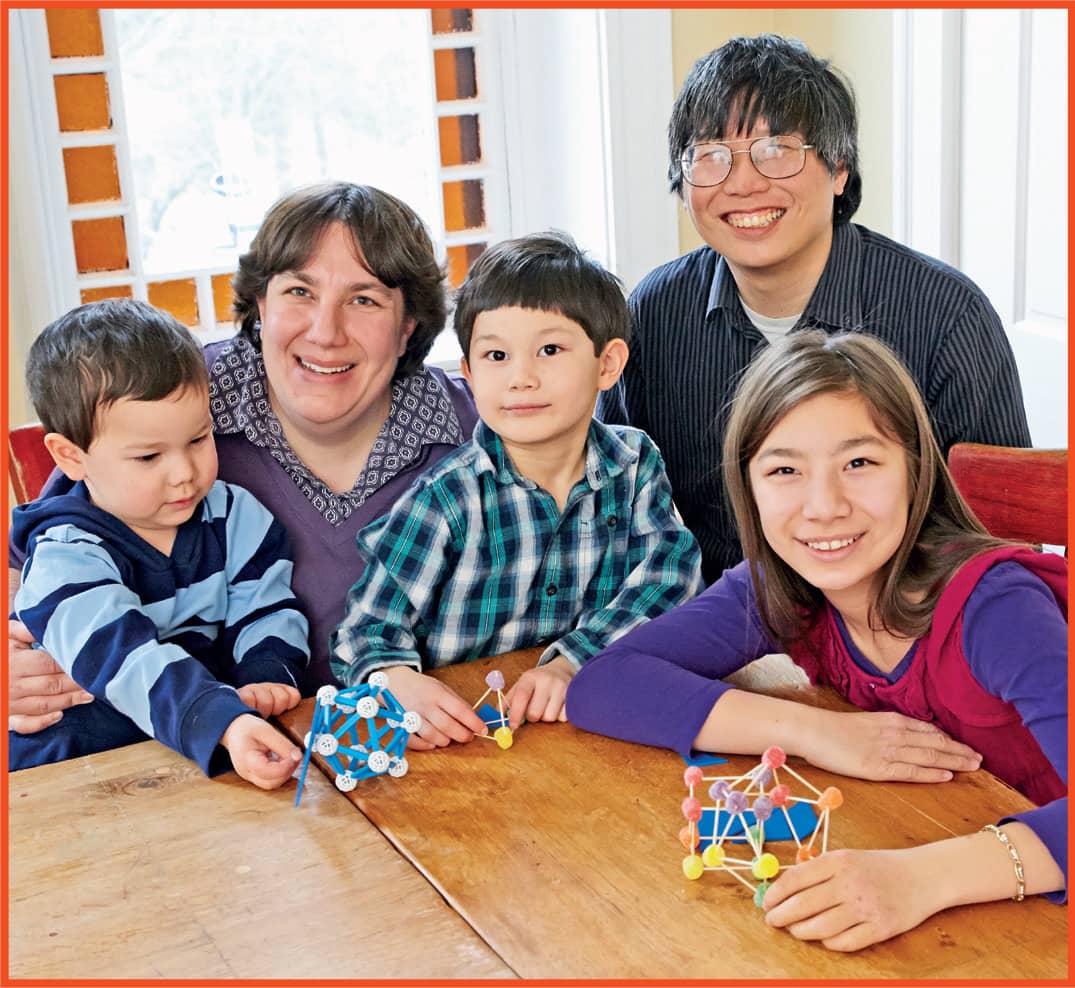Math GAMES
Lab for Kids
FUN, HANDS-ON ACTIVITIES FOR LEARNING WITH
SHAPES, PUZZLES, AND GAMES
REBECCA RAPOPORT and J.A. YODER


2017 Quarto Publishing Group USA Inc.
Text 2017 Rebecca Rapoport and J.A. Yoder
First published in the United States of America in 2017 by
Quarry Books, an imprint of The Quarto Group,
100 Cummings Center, Suite 265-D, Beverly, MA 01915, USA.
T (978) 282-9590 F (978) 283-2742
QuartoKnows.com
All rights reserved. No part of this book may be reproduced in any form without written permission of the copyright owners. All images in this book have been reproduced with the knowledge and prior consent of the artists concerned, and no responsibility is accepted by producer, publisher, or printer for any infringement of copyright or otherwise, arising from the contents of this publication. Every effort has been made to ensure that credits accurately comply with information supplied. We apologize for any inaccuracies that may have occurred and will resolve inaccurate or missing information in a subsequent reprinting of the book.
Quarry Books titles are also available at discount for retail, wholesale, promotional, and bulk purchase. For details, contact the Special Sales Manager by email at or by mail at The Quarto Group, Attn: Special Sales Manager, 401 Second Avenue North, Suite 310, Minneapolis, MN 55401, USA.
Digital edition: 978-1-63159-341-3
Softcover edition: 978-1-63159-252-2
Library of Congress Cataloging-in-Publication Data available
Design and page layout: Laura Shaw Design, Inc.
Photography: Glenn Scott Photography
Illustration: J.A. Yoder & Rebecca Rapoport
The information in this book is for educational purposes only.
PUBLISHERS NOTE Quarry Books would like to thank the staff and students at Birches School in Lincoln, Massachusetts, which graciously agreed to host the kids photography for this book. We are especially grateful to Cecily Wardell, Director of Admission and Placement, who generously gave our authors, art director, and photographer access to their facilities and helped us coordinate their students participation to minimize disruption.
FOR ALLANNA, ZACK, AND XANDER.
May you always find joy in math and everything else you do.
INTRODUCTION
WELCOME TO THE SECRET WORLD OF MATHEMATICIANS.
This is your introduction to the gorgeous, exciting, beautiful math that only professionals see. Whats truly astounding is that its accessible, even for kids ages six to ten. We think that if more kids had a chance to play with a wider world of math, there would be far more math enthusiasts in the world.
Most people think you learn math by climbing a sort of ladder: first addition, then subtraction, then multiplication, then fractions, and so on. In fact, math is much more like a tree. There are many different areas of math that require only a basic foundation. Plenty of this lovely and woefully ignored math doesnt require any previous knowledge. Its accessible to everyone, if they only knew it existed.
Readers of this book may ask, How is this math? Kids cut and tape and sew and color. They imagine walking over bridges, reproducing the same problem that spawned an entire field of mathematics. They draw enormous shapes in parking lots. It may not look like math because there are whole chapters with no pencils or memorization or calculatorsbut we assure you, the math youre about to encounter is much closer to what actual mathematicians do.
Mathematicians play. They come up with interesting questions and investigate possible solutions. This results in a lot of dead ends, but mathematicians know that failure provides a great chance to learn. In this book, youll have a chance to think like a mathematician and experiment with a given idea to see what you can discover. That approach of just fiddling around with a problem and seeing what falls out is an extremely common and useful technique that mathematicians employ. If you take nothing else away from this book, learning to just try somethinganythingand seeing what develops is a great skill for math, science, engineering, writing, and, well, life!
This is your opportunity, your gateway, into little-known worlds of math. Turn the page and explore for yourself.
HOW TO USE THIS BOOK
The chapters of this book can be worked in any order. Occasionally a chapter refers to a method learned in a different chapter, but there is always a work-around in case you havent done the other chapter yet.
Within a chapter, we recommend working labs in the order given, as earlier labs often develop knowledge or tools youll use in later labs within the same chapter.
All of the material in this book has been successfully play-tested by six- to ten-year-olds. We do assume elementary students will have a guide (parent/teacher/older sibling) to help them work through the labs. Much of the material should be interesting to middle school, high school, and adult students. There are cases where older kids will be able to try a more advanced technique and younger kids will do something easier, or may need a little help. For example, in the Fantastic Fractals chapter, older kids will use a ruler to find the middle of a shape, whereas younger kids can just eyeball and estimate the middle. Their results will be surprisingly close. Younger kids may need assistance with certain labs (tying knots, threading needles, cutting with scissors, etc.).
Each chapter introduction contains a Think About It question. The question is always related to the chapters content and is meant to be played with before reading the rest of the chapter. This gives you the opportunity to experiment with the topic before weve introduced any formal concepts. Sometimes we come back to the Think About It problem within the chapter and answer it directly. Sometimes we dont. (In that case, if youre curious, check the Hints and Solutions section at the end of the book.) In general, we hope students will have time to experiment and not just race through each lab. Real math is so much more about curiosity and experimentation than most people realize.
Some chapters have Try This! problems that cover additional or more advanced material relating to the chapter. We provide hints for most of the Try This! problems either as the problem is stated or in the Hints and Solutions section at the end of the book.
Some chapters contain a














